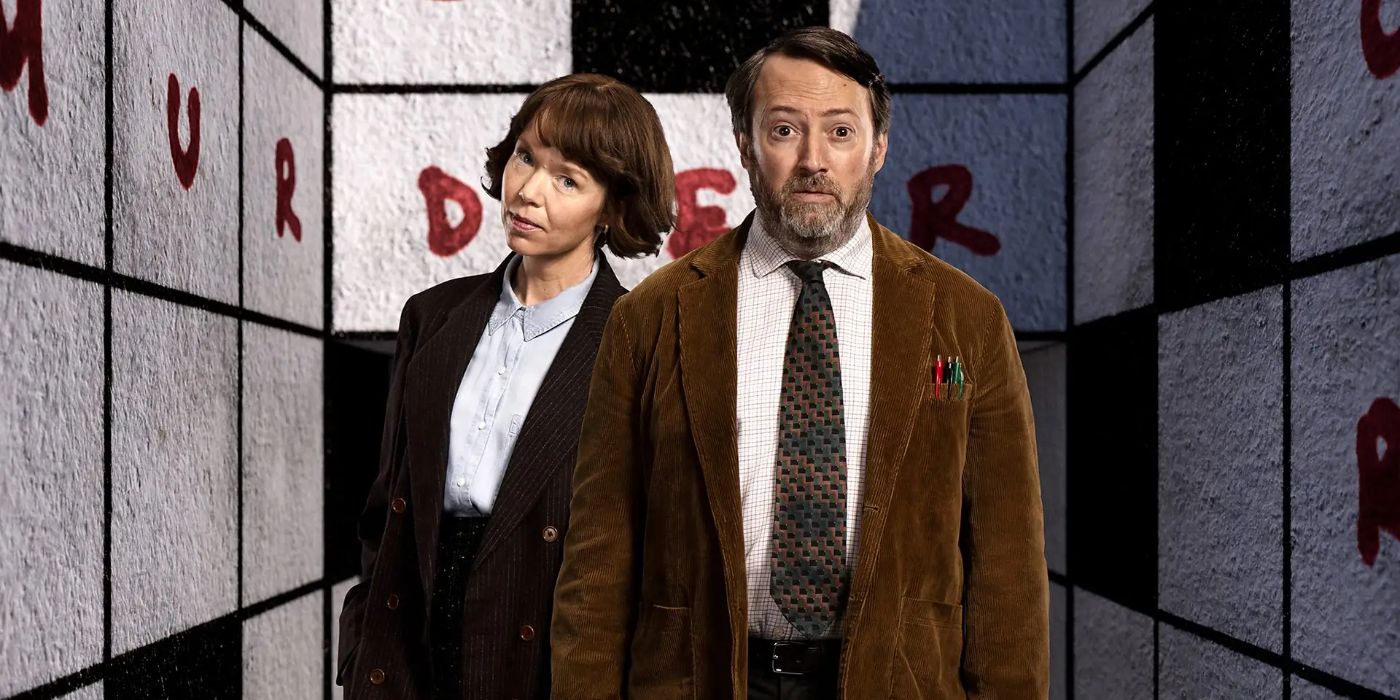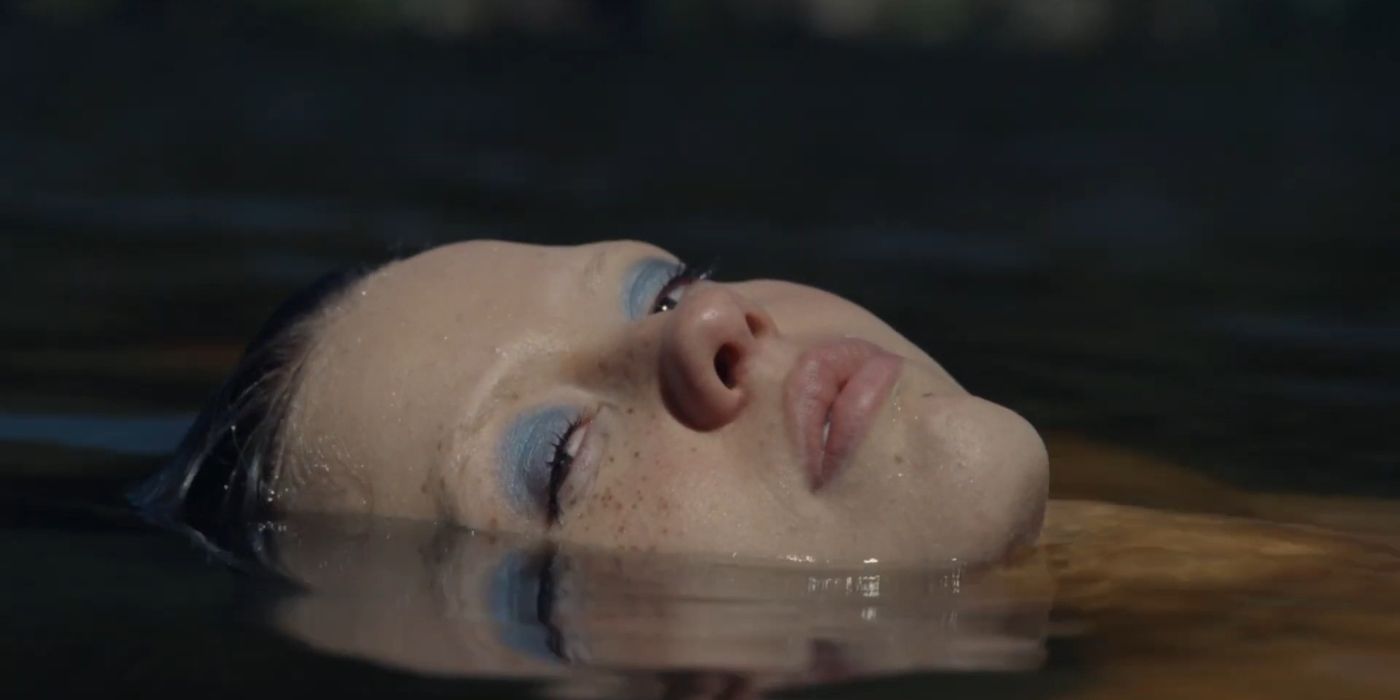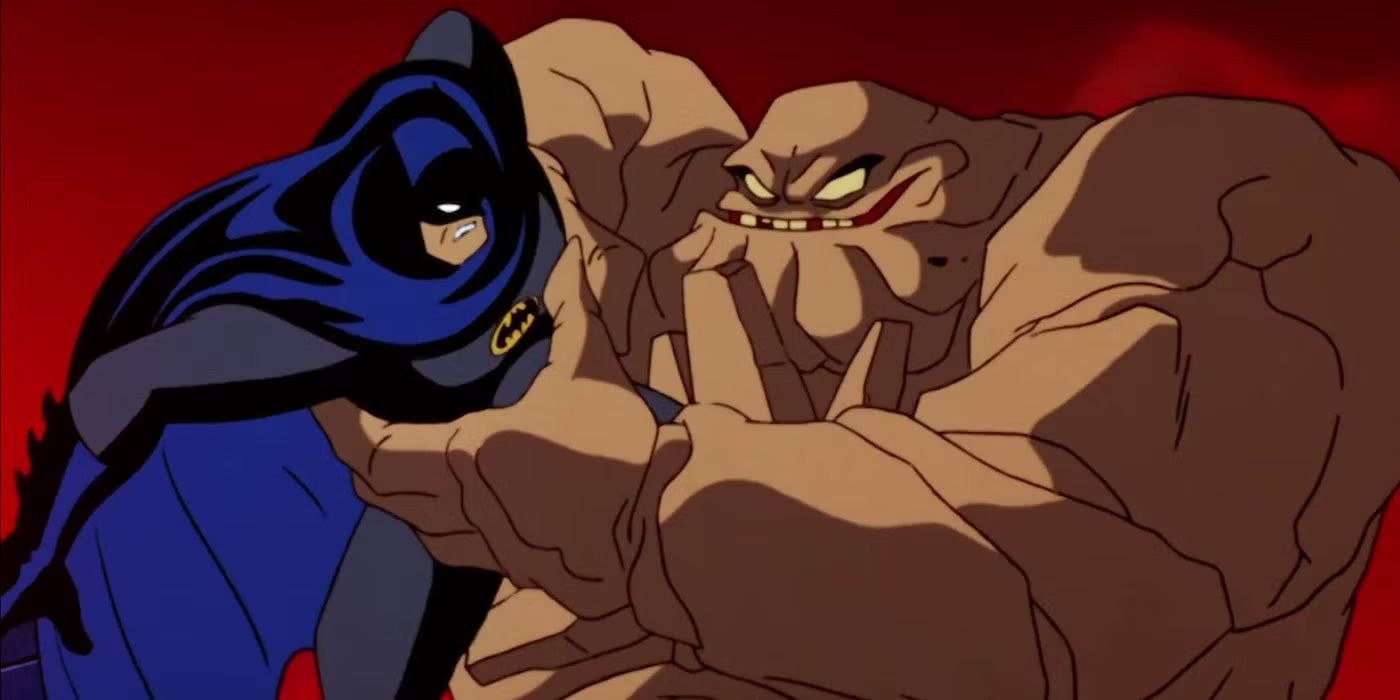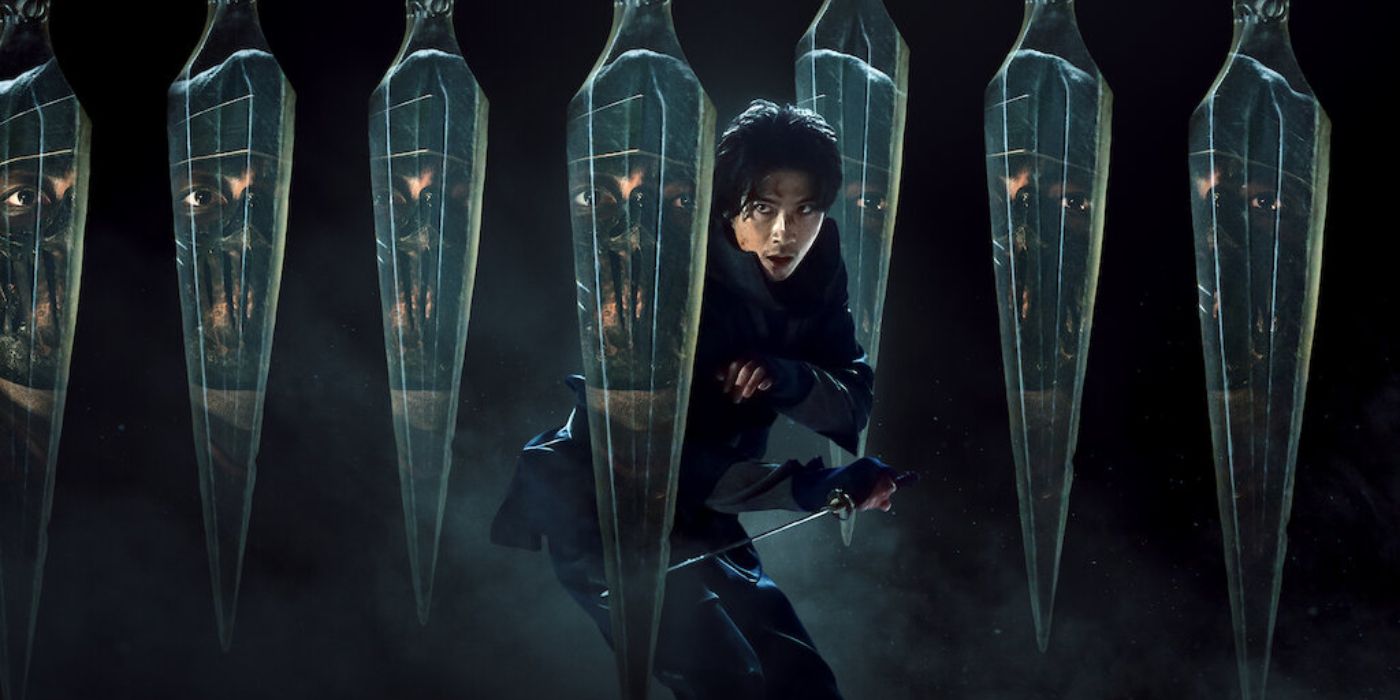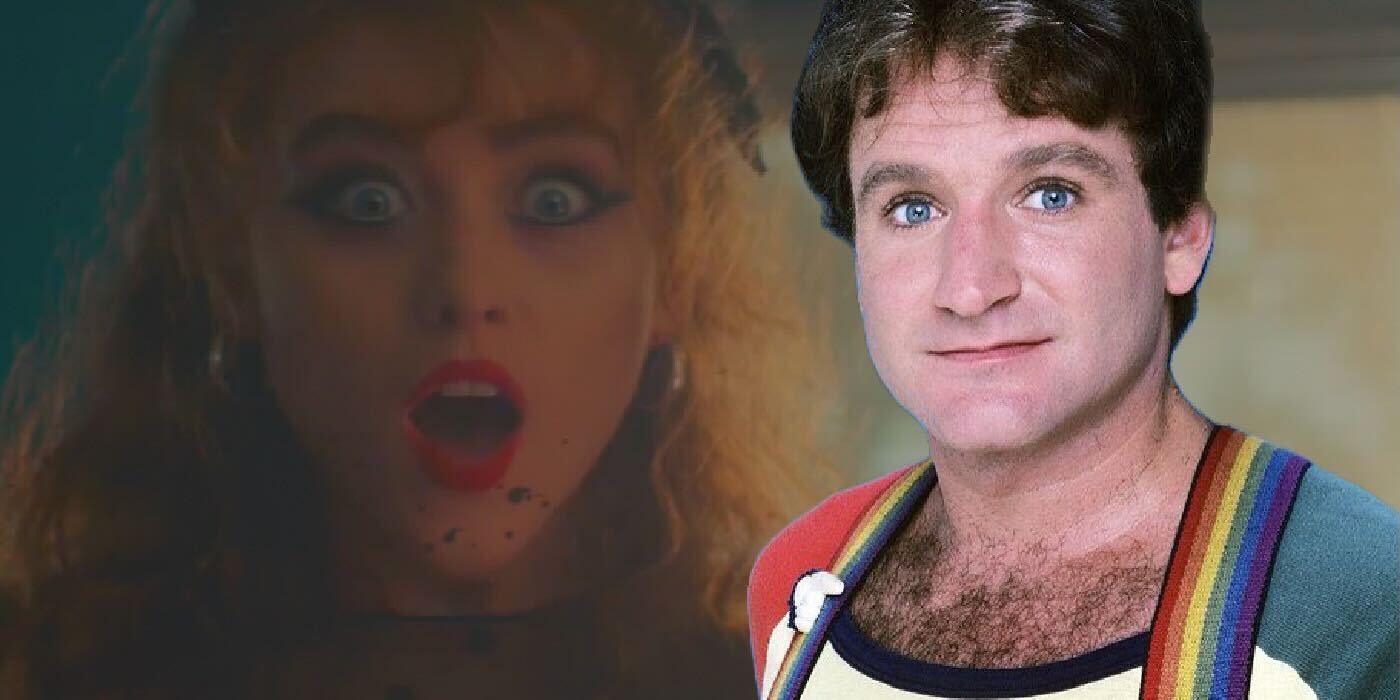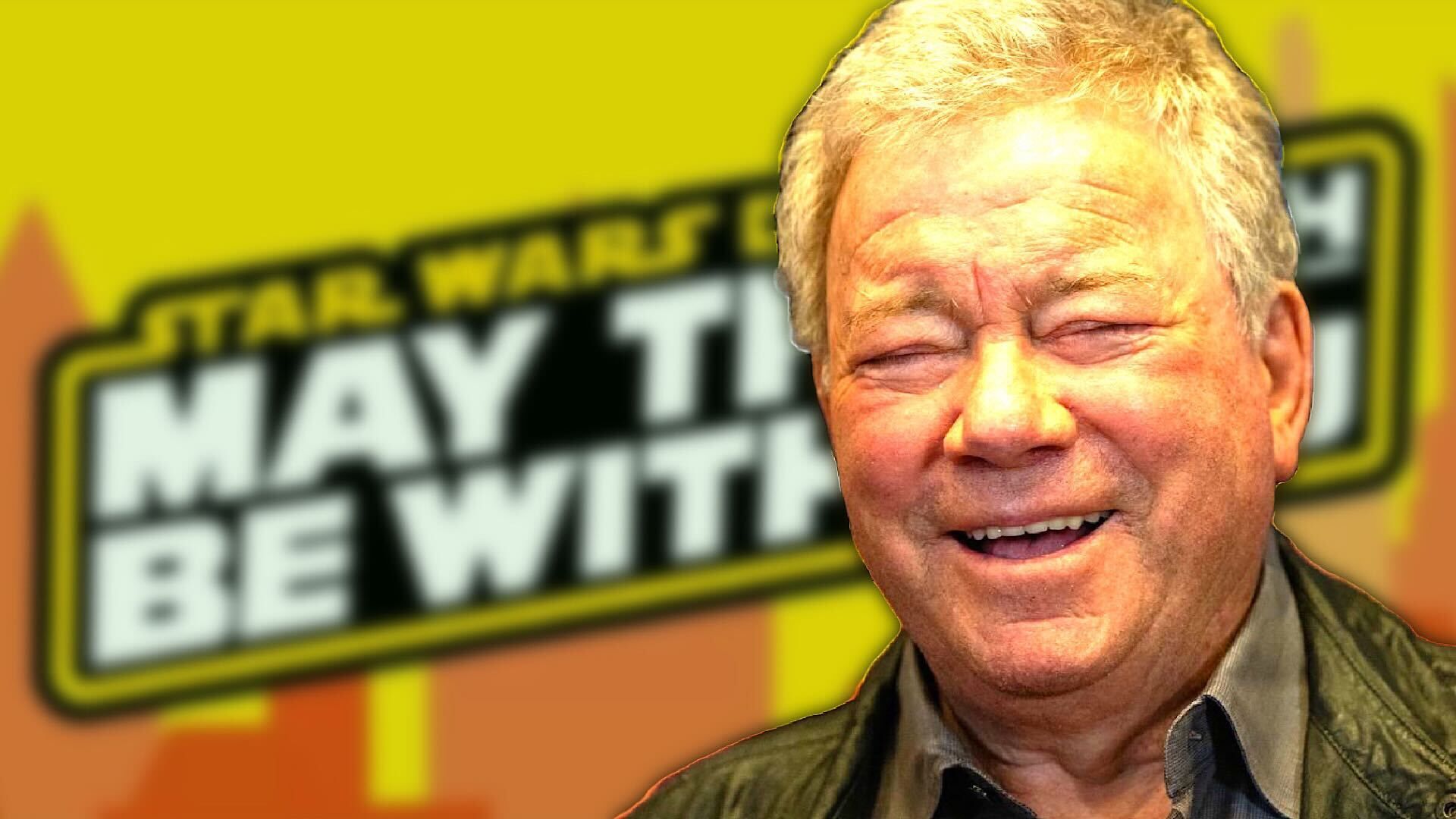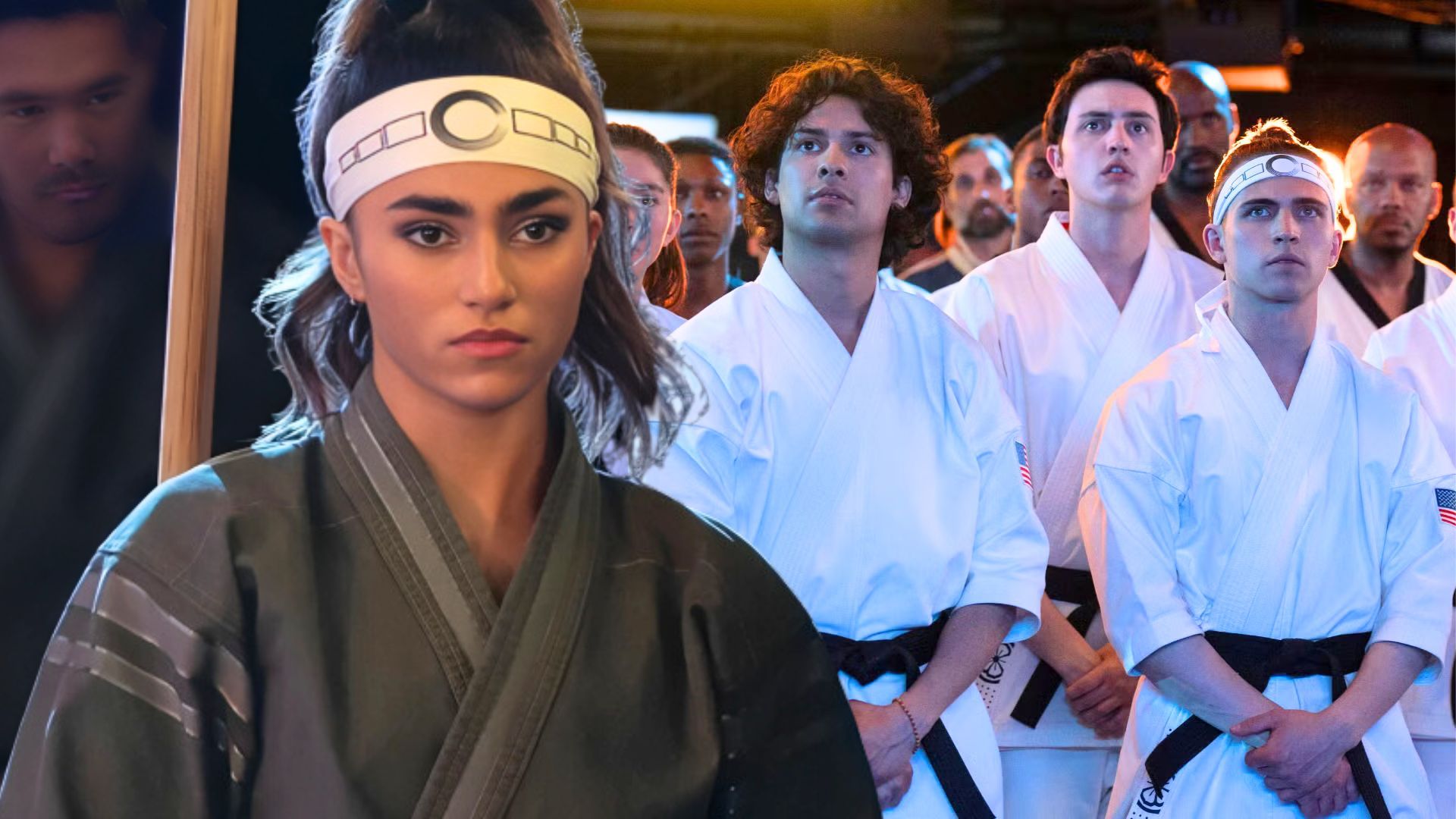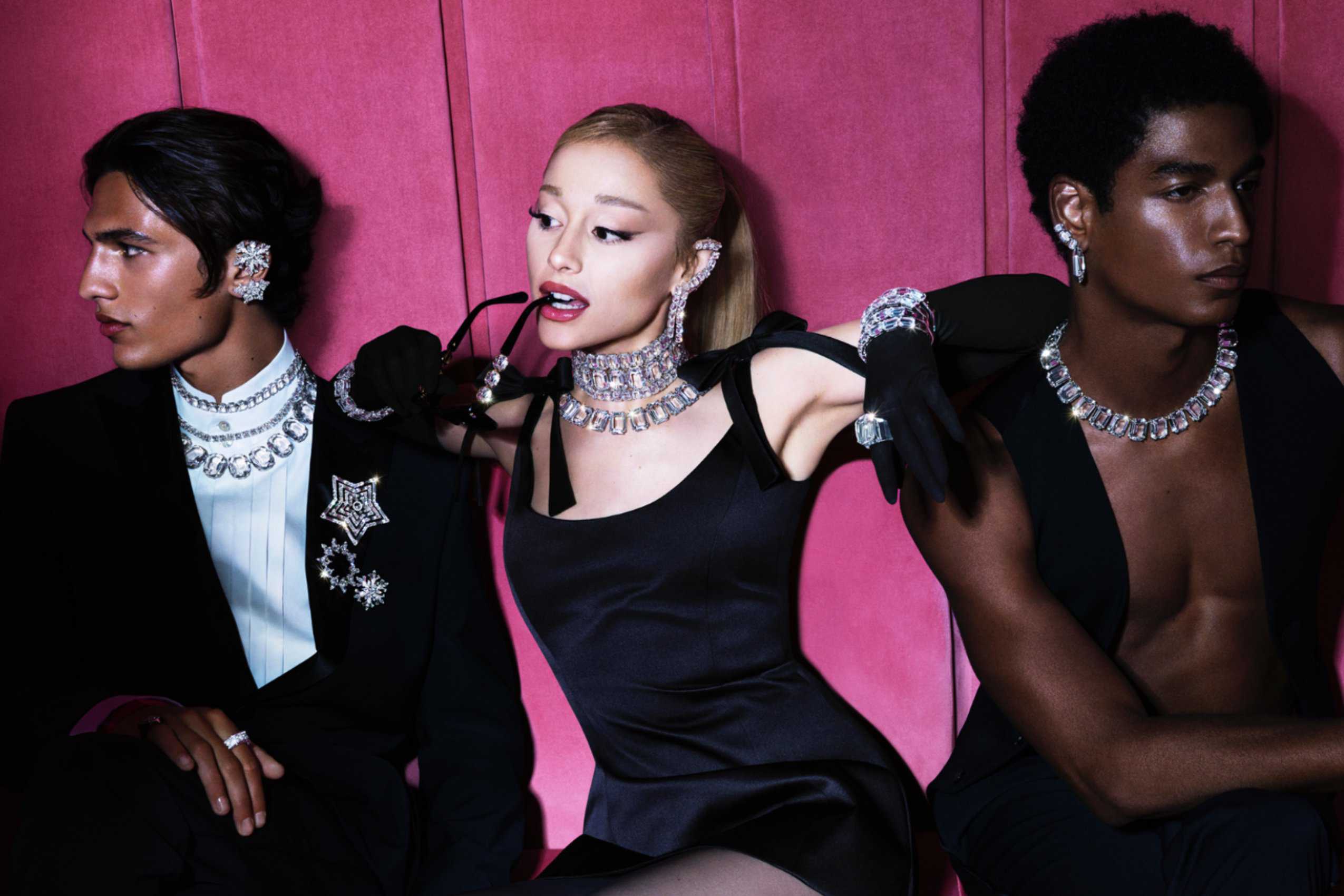Summary
- The Tawara family in
House of Ninjas
is filled with interesting characters and great dynamics. - The violent ninja action is well filmed and fun, with believable and rounded characters.
- While the show relies on clichés and tropes, and the cliffhanger ending is exciting if frustrating,
House of Ninjas
is still a fun and gripping series.
It seems as though Japanese culture (through all time periods) is getting a renewed spotlight in filmmaking as of late. Between an American journalist suddenly becoming knee-deep in the Yakuza on Max’s Tokyo Vice and FX’s upcoming Shogun highlighting feudal lords who wanted nothing more than to dominate neighboring lands, Netflix has decided to throw their hat into the ring with House of Ninjas, an eight-episode series starring the likes of Kento Kaku and multigenerational talent like Hiroyuki Sanada and Yosuke Eguchi among others.
Premiering on the streaming platform in the middle of February this year, viewers are introduced to the humble Tawara family, a close-knit clan who reside in the countryside of Japan, away from the hustle and bustle of the city. Seemingly retired from the traditional, violent, but exciting way of life that House of Ninjas is named after, the family is seemingly drawn back into the fold after a rival organization is not only found to still be active after thousands of years, but also developing a very disastrous and dangerous plan in order to amass even more power.
Breaking into Netflix’s Top 10 Most Popular Shows soon after initial release is no easy feat, but this David Boyle action drama seems to mix the best of two worlds. As aforementioned, the Tawara family consists of sons Haru, Riku and Gaku, only daughter Nagi, parents Yoko and Souichi, and grandmother Taki. It’s a relatable family tree, and thus all the more shocking when violence infiltrates their world. While it’s odd to see such contrasting moments, House of Ninjas handles the transitions well enough through the use of believable and rounded characters. These family members and their own arcs enormously help in keeping the basic action template fresh.
A Family Full of Ninjas
House of Ninjas
3.5/5
Release Date February 15, 2024
Cast Kento Kaku , Yôsuke Eguchi , Tae Kimura , Nobuko Miyamoto , Tomorowo Taguchi , Elyse Dinh , Aju Makita , Riho Yoshioka
Seasons 1
Studio Netflix
Creator Dave Boyle
Pros
- The family in House of Ninjas has a great dynamic and is filled with interesting characters.
- The violent ninja action is very well filmed and fun.
- The character arcs are well-defined and you become quickly invested in the family.
Cons
- The action and narrative relies on a lot of tropes and cliches.
Firstly, House of Ninjas lives and dies on its central family, and thankfully each of the Tawaras has an interesting narrative. Nagi is continuously clinging to the aspiration that Gaku is alive and will return home soon (he supposedly died during a rescue mission long before the audience meets the Tawara family). Even with the youngest being introduced to the family’s secretive lineage quite early on, he and grandma Taki have a familial bond that adds a loving depth to the show. He trains only as a child can, and they surprisingly defend each other well when the enemy comes knocking.
Even though they have been married for so long, Yoko and Souichi both still become jealous and protective of each other, and actors Tae Kimura and Yōsuke Eguchi have a palpable chemistry. Finally, we also observe Haru’s own inner problems arise in an almost synchronistic way with the overarching story. As much as the events that unfold call for him to be the family’s new leader, he is also facing his own urges in the meantime — some that defy the shinobis’ old ways and values. The emphasis on fleshing out their archetypes and giving them ample personalities helps to make House of Ninjas stand out to a modern audience. Related: The 10 Best Ninjas in Movies, Ranked
While some performances may be better than others, there is never a point in the eight episodes where someone’s lack of dedication takes you out of this surreal world; everyone commits. Even the most supporting roles, like Tokio Emoto’s (Perfect Days) as Masamitsu Oki and Bambi Naka’s Ayame (a second-in-command soldier for the Fuma clan), are given just enough time to become something meaningful. They both give enough depth and versatility to their otherwise thin characters to make them memorable.
Different Kinds of Cultural Inspirations
As much as the first season remains authentic to the actual shinobi lineage through historical reference, such as Gaku being connected to a famous ninja from the 16th century, Hattori Hanzō, and the main villains coming from the guerilla-based Fuma clan). There are also various strains of international inspiration strewn throughout the first season that pay homage to the time when ninja-based movies were all the craze (mainly the 1970s). Meshing surprisingly well and fitting with that motif, the soundtrack for House of Ninjas is filled with ’70s folk rock, usually placed near the end of the episode when it means the most.
Without revealing much, legendary band The Zombies accompany Haru as he makes one last trip during the conclusion with “Nothing’s Changed.” Earlier on, Crosby, Stills, Nash & Young sing “Our House” while the entire family (minus Gaku) enjoy themselves in the courtyard. These simple yet intoxicating songs serve a purpose, bringing the intensity back down to a casual ebb and flow with a nostalgic feeling for simpler times.
These acknowledgments of the past not only come along with the musical selections but also with the story-based introduction of the Bureau of Ninja Management. Even the ironically named organization brings to mind the charming, low-budget martial arts productions from the ’70s. It’s the aesthetic choices and characters that really makes House of Ninjas worth watching, but it’s not devoid of problems.Related: These TV Shows Had the Best Soundtracks and Needle Drops
Too Many Clichés Lead to a Surprising Cliffhanger
Even though House of Ninjas is culturally impressive and proud of its historical roots (as it should be), the script becomes dependent on tired clichés and tropes much too often. The mysterious but friendly face that has a hidden agenda; the detective that has a secret wall of investigative connections and findings; the bumbling assistant who is unwillingly thrown into tense situations and comically messes up; the obviously evil sibling who is fooling nobody but the characters in the story.
Related: 15 Common Movie Clichés We Actually Love
There are other examples too, but this is already enough to show that the story relies on predictable and bland tropes to foster its world. Boyle’s creation definitely serves a purpose — to show how old-school ninjas, bound by clans and with scrolls in hand, partake in a more modern and sophisticated world (with a side of slicing and dicing). There just needed to be a bit more meaning and originality on the way there.
Now, that’s not to say this ninja-founded thrill ride ends on a dull or boring note. The conclusion rips apart the otherwise hopeful tone that was set up this entire time, and suddenly the future of the Tawara family looks bleaker than ever before. Hopefully, a second season is in store that bounces back from this exciting (if teasing and over-the-top) type of ending. The first season of House of Ninjas is now streaming on Netflix. You can watch it through the link below:
You can view the original article HERE.


